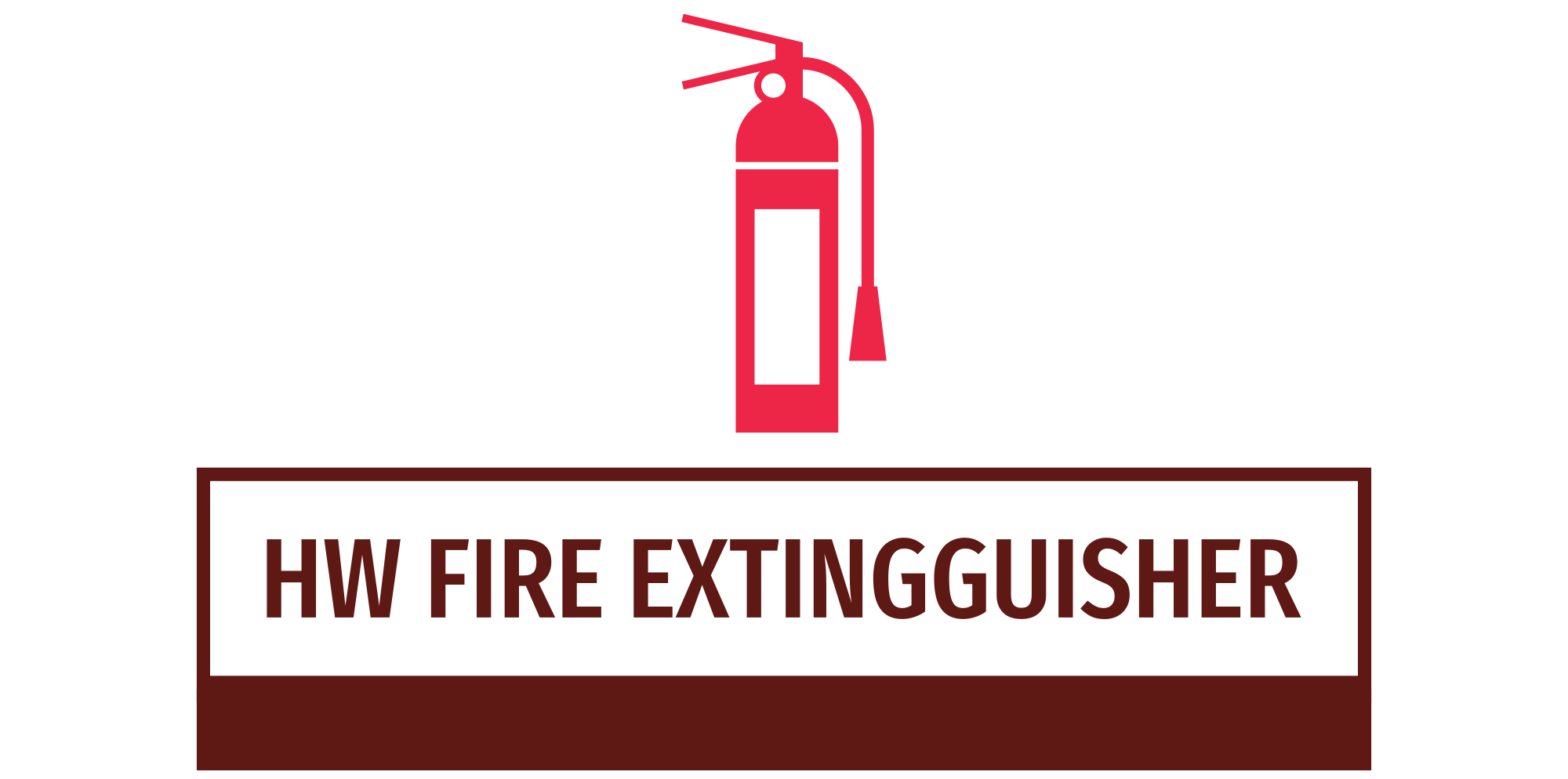Carbon dioxide (CO2) fire extinguishers are a type of portable fire extinguisher that use carbon dioxide gas to extinguish fires by displacing oxygen. They are commonly used in a variety of settings, including commercial buildings, industrial facilities, laboratories, and offices.
Carbon Dioxide (CO2) Fire Extinguishers:
Carbon dioxide (CO2) fire extinguishers are a type of portable fire extinguisher that use carbon dioxide gas to extinguish fires by displacing oxygen. They are commonly used in a variety of settings, including commercial buildings, industrial facilities, laboratories, and offices.
Here are some key features and characteristics of CO2 fire extinguishers:
- Operation: CO2 extinguishers are operated by pulling out a safety pin, aiming the horn or nozzle at the base of the flames, and squeezing the handle to discharge the CO2 gas. The pressurized CO2 gas is released in a jet that smothers the fire by displacing oxygen, effectively interrupting the combustion process.
- Suitability: CO2 fire extinguishers are primarily designed for use on Class B (flammable liquids) and Class C (electrical) fires. They are particularly effective for electrical fires because CO2 is non-conductive, meaning it does not conduct electricity. This makes CO2 extinguishers safe to use on electrical equipment without the risk of causing electric shock or damage.
- Residue: One of the main advantages of CO2 extinguishers is that they leave no residue after use. This is especially important in environments where cleanup after a fire is a concern, such as computer rooms, laboratories, or areas with sensitive equipment. Since CO2 is a gas, it dissipates quickly, leaving no cleanup or damage behind.
- Effectiveness: CO2 extinguishers are highly effective at extinguishing fires in their initial stages. They work by rapidly reducing the oxygen concentration around the fire, which deprives it of the oxygen needed to sustain combustion. However, CO2 extinguishers may not be as effective for deep-seated fires or fires involving solid materials like wood or paper.
- Safety Precautions: While CO2 extinguishers are generally safe to use, it’s important to take precautions to prevent injury. The discharge of CO2 gas can be extremely cold, so users should avoid direct contact with the horn or nozzle during operation to prevent frostbite. Additionally, CO2 gas can displace oxygen in the surrounding area, so it’s essential to ensure proper ventilation when using CO2 extinguishers in confined spaces to prevent asphyxiation.
Dry powder fire extinguishers are a type of portable fire extinguisher that use a fine powder to extinguish fires by interrupting the chemical reaction of the fire. They are versatile extinguishers that can be used on multiple classes of fires, making them suitable for a variety of environments and fire hazards.
Here are some key features and characteristics of dry powder fire extinguishers:
- Operation: Dry powder extinguishers are operated by pulling out a safety pin, aiming the nozzle or hose at the base of the flames, and squeezing the handle to discharge the powder. The fine powder is propelled onto the fire, where it forms a blanket that smothers the flames and interrupts the combustion process.
- Suitability: Dry powder fire extinguishers are effective on Class A (combustible materials), Class B (flammable liquids), and Class C (electrical) fires. This versatility makes them suitable for a wide range of fire hazards, including fires involving wood, paper, textiles, flammable liquids, and electrical equipment.
- Powder Types: The powder used in dry powder extinguishers can vary, but it is typically composed of substances such as monoammonium phosphate or sodium bicarbonate. These powders work by chemically interfering with the combustion process, inhibiting the spread of flames and extinguishing the fire.
- Residue: One drawback of dry powder extinguishers is that they leave a residue after use. This residue can be messy and may be corrosive to metals and electronics. It’s essential to thoroughly clean and inspect the area and any equipment affected by the powder after using a dry powder extinguisher to prevent long-term damage.
- Effectiveness: Dry powder extinguishers are effective at providing a rapid knockdown of fires in their initial stages. They can smother flames and prevent re-ignition by forming a barrier between the fuel and the oxygen in the air. However, they may not be as effective for deep-seated fires or fires involving highly combustible materials.
- Safety Precautions: When using dry powder fire extinguishers, it’s important to take precautions to prevent inhalation of the powder and to avoid contact with the eyes and skin. Additionally, the discharge of dry powder can create a cloud that reduces visibility, so users should be mindful of their surroundings and evacuate the area if necessary.
